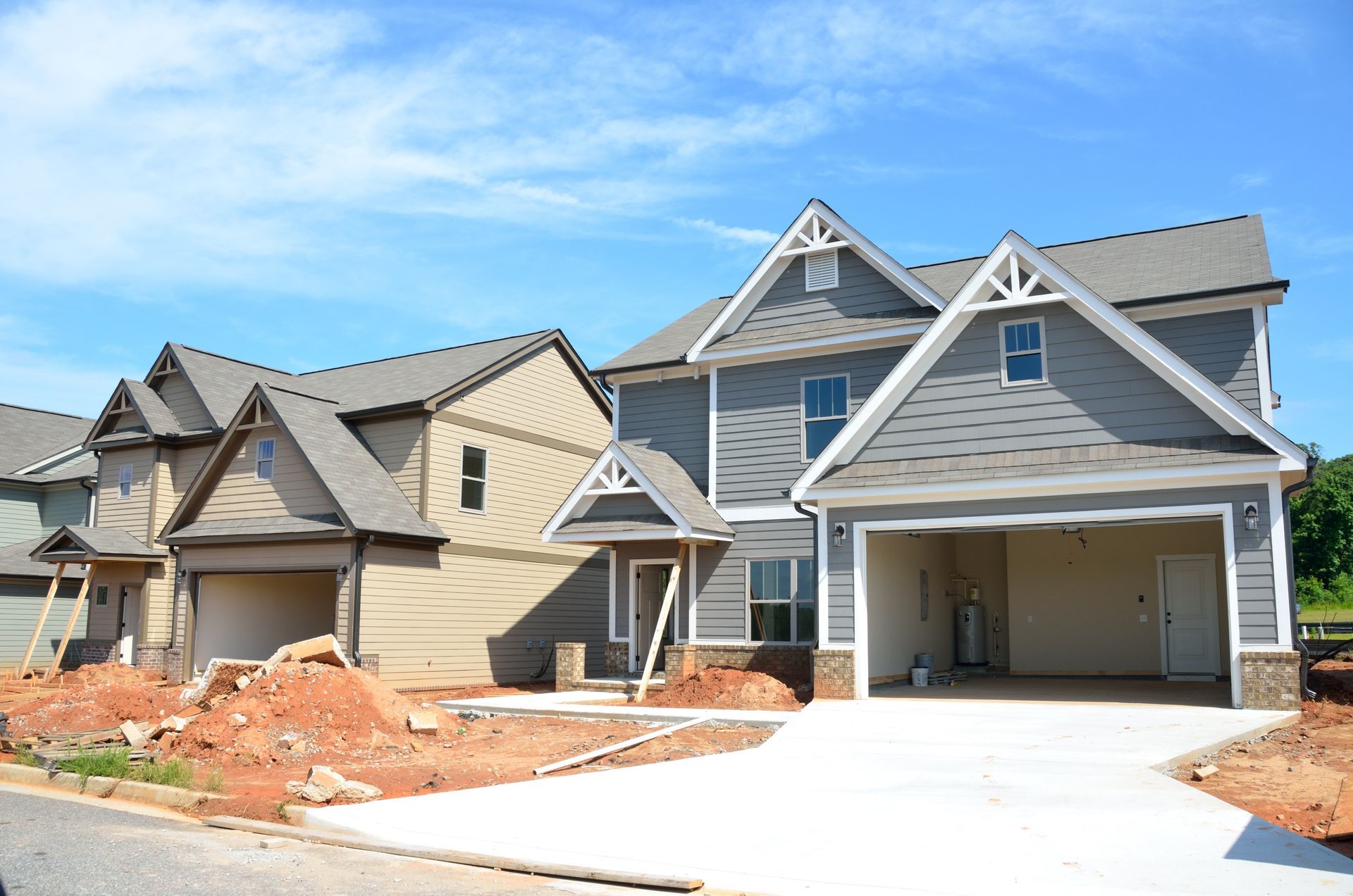ANALYSIS IN NEXT YEAR
1. What analysis will be undertaken in the next year?
As you may have heard, on November 7, FEMA announced its decision to adjust the implementation schedule of Risk Rating 2.0 by one year from October 1, 2020 to October 1, 2021. This change supports FEMA efforts to get this right for NFIP policyholders and stakeholders. Additionally, FEMA determined more time is required to broaden the agency’s analyses of the proposed rating structure across its entire book of business, to include its relationship to communities behind levees, and to align current policy and procedures to the new rating system.
2. How will that analysis occur?
FEMA is in the process of conducting the analysis and more information will be shared as it becomes available.
CALCULATION OF RISK
3. What types of data is used to calculate risk?
FEMA is using a combination of models to support the development of rates. We are pairing state-of-the-art industry technology (e.g., catastrophe (CAT) models) with the National Flood Insurance Program’s mapping data to establish a new flood risk-informed rating plan. This provides a better and more comprehensive understanding of flood risk at both the national and local level. Data sources being used include:
• FEMA sourced: Existing mapping data, NFIP policy and claims data;
• Other Federal Government sourced: U.S. Geological Survey publicly available data, National Oceanic and Atmospheric Administration Sea, Lake, and Overhead Surges from Hurricanes (SLOSH) data, and U.S. Army Corps of Engineers data sets.
• Third-party: Commercially available structural and replacement cost data and catastrophe flood models.
This is not a complete list of all data sets, and FEMA may add additional data sets in the future.
4. How is risk factored in areas behind levee systems?
In general, a levee system is a structural risk reduction measure. It is designed to operate to separate people and property from certain flooding hazards across a range of probable hazards. Levees reduce the probability of flooding from some sources of water up to their designed height. Levees can break, and levees can overtop, so there is still residual risk. Risk Rating 2.0 attempts to characterize the residual risk and appropriately price that into insurance rates. Local mitigation efforts that are non-structural, like elevating structures or flood proofing, can also reduce the consequences of flooding.
5. How are levee systems identified?
The National Levee Database was designated by Congress as the authoritative source of levee information for the nation. Risk Rating 2.0 is leveraging the data in the National Levee Database to understand which homes have their flood risk reduced by levees. The levees are represented as lines for the levee itself, and polygons that represent the area where flood risk is reduced, but not eliminated, by the levee.
6. Is FEMA confident it has identified all levee systems?
No, in fact, FEMA is confident that there are some structures in the United States that receive mitigation from levees but the levees are not in the National Levee Database. The NLD was designed to incorporate levee information from levee owners and communities that own and operate their own levees. The best way to ensure that your levee is accounted for in risk rating is to input that information into the NLD. In the absence of information FEMA has done as much as is reasonably possible to incorporate remote sensing technologies to find and accurately describe levee systems so that as many levee systems as possible are reflected in Risk Rating 2.0.
7. Is rainfall total used to calculate risk? If so, how and why?
Rainfall total is not used as a rating variable, but rather a flood hazard input to calculate flood risk. Through Risk Rating 2.0, FEMA now has the capability and tools to assess a property’s unique flood risk by using existing and updated flood maps and by incorporating additional flood risk variables.
The additional flood risk variables include distance to a flood source, and property characteristics such as elevation and the cost to rebuild. Hazard inputs such as flood frequency, multiple flood types such as fluvial (river overflow), coastal surge, and pluvial (flooding ponding and pooling prior to river overflow) are used to calculate flood risk. As FEMA gets closer to implementing the new rating structure, more information will be shared as it becomes available.
PREMIUMS
8. What impacts does RR2.0 have on grandfathered policies?
FEMA does not have information regarding how Risk Rating 2.0 will impact the grandfather procedure. Additional information will be shared as it becomes available.
9. What impacts does 2.0 have on preferred risk policies?
FEMA does not have information regarding how Risk Rating 2.0 will impact the Preferred Risk Policy insurance product. Additional information will be shared as it becomes available.
10. How will the renewal premiums be calculated?
Policyholders with rates decreasing will transition to the lower premium at the first renewal of their policy beginning October 2021. Policyholders with rates increasing will transition gradually and within the existing statutory limits set by Congress until the full-risk rate for their property is reached. Existing statutory limits on federal flood insurance rate increases require that most rates not increase more than 18 percent per year.
For example, if a policyholder is currently paying $882 (approximately $74 a month) in annual flood costs under the current rating methodology and their Risk Rating 2.0 annual cost is $1,291 (approximately $108 a month), the increase would be phased in over the next three years with an additional annual increase of $15 or less per month.
11. Has FEMA used its full authority to minimize premium spikes?
Yes. All premium increases under Risk Rating 2.0 will comply with the existing statutory limits set by Congress until a property’s full-risk rate is reached.
12. If the new risk rating shows a greater likelihood of flooding for a home, and an increased premium, would the existing annual rate cap still apply?
Yes. All premium increases under Risk Rating 2.0 will comply with the existing statutory limits set by Congress until a property’s full-risk rate is reached.
13. Is there a plan for phasing in new rates over time to allow communities to conduct mitigation activities to address their risk?
Policyholders with rates decreasing will transition to the lower premium at the first renewal of their policy beginning October 2021. Policyholders with rates increasing will transition gradually and within the existing statutory limits set by Congress until the full-risk rate for their property is reached. Existing statutory limits on federal flood insurance rate increases require that most rates not increase more than 18 percent per year.
MAPS
14. Will this new system lead to the installation of any new monitoring systems or gauges (or increased investment in existing monitoring systems) to keep the maps up to date?
USGS is a valued partner to FEMA, and FEMA intends to strengthen and enhance that partnership as we move forward and deliver a more comprehensive and consistent understanding of flood risk across the nation. It is through these types of federal partnerships that such decisions would be transparently considered, determined, and communicated publicly. At this time, FEMA has made no commitments to install new monitoring systems or gauges as a part of the Risk Rating initiative.
15. What is the update process for these new risk assessments? Is there a built-in shelf life to the maps so that new information about environmental factors can be useful? How will newly completed projects that reduce risk be reflected in the maps and in the rates?
In general, new information and systems will be reflected as they are incorporated into the National Levee Database, Flood Hazard Maps, and other data and models used by Risk Rating 2.0. FEMA will continue to review the maps every five years to ensure that they remain current. These reviews account for physical and environmental changes that may warrant a map update. FEMA will continue to administer the Letter of Map Revision process to account for projects that reduce flood risk.
ADDITIONAL QUESITONS
16. Are there any measures that policyholder can take that would improve their risk rating?
Policyholders can speak with their local community official about completing mitigation activities, such as elevating their building or installing proper flood openings, to reduce their flood risk and possibly their flood insurance costs.
17. From your point of view, what should a state like Louisiana do to prepare for the adoption of this new system?
States like Louisiana should continue to manage their floodplains as they have in the past. In addition, they should continue to explore flood risk reduction efforts that reduce overall flood risk and not limit flood risk reduction investments to efforts that impact the 1-percent-annual-chance flood boundary on a FIRM.
18. Louisiana has spent billions of dollars on marsh creation. Will the new system take into consideration the risk reduction benefits of ecosystem restoration projects (nature-based defenses)?
As FEMA shifts toward a risk informed approach to setting rates and implementing NFIP programs, the intent is to be able to better account for restoration projects, such as nature-based defenses, that reduce the risk associated with more frequent flooding.
19. How will newly completed projects that reduce flood risk be reflected in the FIRMs and in flood insurance rates?
Newly completed projects will be reflected as they are incorporated into the National Levee Database, Flood Hazard Maps, and other data and models used by Risk Rating 2.0. FEMA will continue to administer the Letter of Map Revision process to account for projects that reduce flood risk and ensure that they can be accounted for in future updates to the flood insurance rates.





